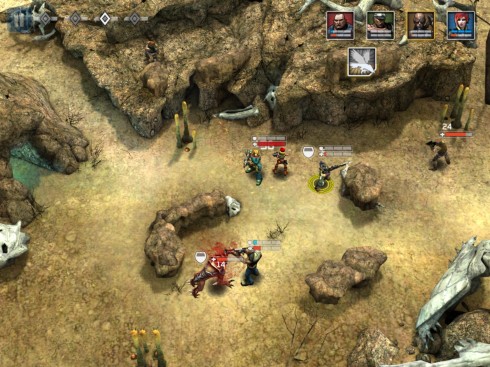From Pandodaily: The 60-person startup is pulling in close to $750,000 every day, according to our reporting. That’s 50 percent up from the $500,000 the Times reported in early October. Not bad for a two-year-old company, whose two big-earner games launched in June and August respectively. This is an important point for local investors and … Continue reading “We’re not going to get out of this mess with the thinking that got us in here.”
From Pandodaily:
The 60-person startup is pulling in close to $750,000 every day, according to our reporting. That’s 50 percent up from the $500,000 the Times reported in early October. Not bad for a two-year-old company, whose two big-earner games launched in June and August respectively.
This is an important point for local investors and “business appraisal” executives. This company is two years old and they just launched their big earners in July and August of this year. It took them 18 months to produce a hit. Rovio, the other big game dev in Finland took 4 years to have an overnight success with Angry Birds.
Lesson for locals: it’s not going to be overnight but compared to biotech or ship building, it’s not going to be costly.
We’ve also heard that the startup has very low costs, spending as little as $60,000 a day. Again, Paananen wouldn’t confirm that figure, but he did say that user acquisition costs are very low, because the vast majority of its traffic is organic. The games spread by word of mouth because they are inherently social, he said.
They’re bringing in $750,000 a day and their costs are less than a tenth of that. Think about that for a minute when you consider the “high margins” that companies like Apple commands. 90% margins for this game. 28% margins for Apple.
Supercell has venture backing, but not a lot given this torrid growth. It has raised $15 million, including $12 million from Accel Partners alone.
This is the rub.
Northern Ireland has several venture funds but all of them are little. None of them would be able to meaningfully contribute to a $12M funding round. Also, Supercell is based in Finland but has operations in San Francisco. With backers like Accel Partners and London Venture Partners, it’s plain that Northern Ireland is attempting to play in the big leagues with their local venture capitalists. But having the plaque on the door isn’t the same as walking the walk.
Northern Ireland needs to accept that it has seed capital and treat it as such. The terms in the average term sheet from [local venture capital firm] are so punitive that I can honestly say they’re aimed at idiots and anyone with an ounce of savvy would just leave. There are bigger and better funds who actually are motivated to succeed (compared to tiny local funds who don’t give a shit whether you succeed because they get their fees anyway).
For a country of just over 5 million to produce a Rovio and a Supercell in just the last few years…well, that can’t just be coincidence can it?
No, it’s not a coincidence. Of course it’s not. They have a different environment. It’s a wealthier nation, but they also apply that wealth appropriately. In June this year, they launched a new €70M programme to support the games industry. In comparison, Northern Ireland has contributed almost nothing to sectoral development of this industry. They contributed £235K over three years from 2008 to 2011 but only if industry contributed £265K in effort (and the industry effort had to be given first).
This is separate from grant schemes for “creativity” or funding for R&D. I’m talking about direct sectoral development.
€70M versus £235K is considerable. Is it any wonder that the NI Digital Sector is lagging? I’ve come up with half a dozen ways that government could help develop the sector, at incredibly low risk to the public purse. I’m getting tired of thinking of new ways to push things forward when local companies cannot afford to take risks.
Now, if a local MLA comes up with this:
And everyone agrees that something must be done and nobody does anything, is it any wonder that we never seem to get the results we are looking for?
“We’re not going to get out of this mess with the thinking that got us in here”

